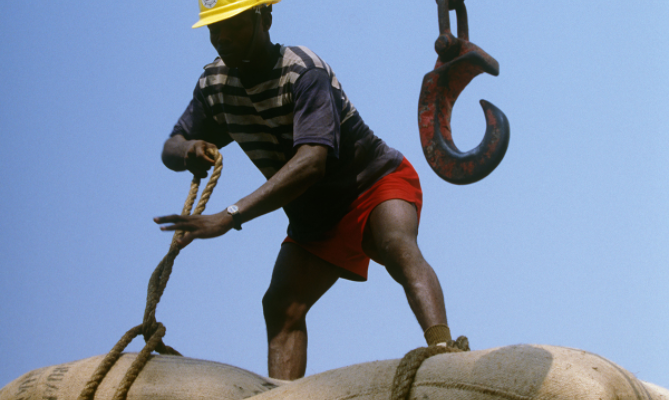Checkered shirts for American chain Gap. Slate leggings for Swedish store H&M. Twill shorts for Germany’s Tchibo. They are among a growing list of clothes being stitched together for big brands in Ethiopia.
As labor, raw material and tax costs rise in China – the world’s dominant textiles producer – the Horn of Africa country is scrambling to offer a cheaper alternative, and go up against established low-cost garment makers like Bangladesh and Vietnam.
It is still early days, and most of the clothing companies to source production in Ethiopia are testing the waters with small volumes. But the government is working hard to attract their business with tax breaks, subsidies and cheap loans. Ethiopia, which is a landlocked country, is also about to open the final stretch of a 700 km (450-mile) electric railway to Djibouti’s coast.
This is part of a drive to turn Ethiopia into a manufacturing hub in Africa.
There has been some progress; foreign investment in the textile industry has risen from 4.5 billion birr ($166.5 million) in 2013/14 to 36.8 billion in 2016/17, the Ethiopian Investment Commission, a government agency, told Reuters.
“This is a huge success,” Arkebe Oqubay, a prime ministerial adviser directing the industrialization drive, said during the inauguration of an industry park in the northern Ethiopian town of Kombolcha this summer. “The challenge now is to bring the world’s biggest companies into the country.”
Some have already arrived, most of them sourcing some production locally, like Gap and H&M, but a few building factories themselves.
Those to set up factories this year include U.S. fashion giant PVH, whose brands include Calvin Klein and Tommy Hilfiger; Dubai-based Velocity Apparelz Companies, which supplies Levi’s, Zara and Under Armour; and China’s Jiangsu Sunshine Group, whose customers include Giorgio Armani and Hugo Boss.
French retailer Decathlon and over 150 companies from China and India will begin sourcing production from Ethiopia soon, said the investment commission.
However, while Ethiopia is moving faster than its continental rivals, there is a long road ahead.
Route to Red Sea
Officials say the $4 billion electric railway between Addis Ababa and the Red Sea, to be inaugurated in the coming weeks, will reduce the transit time to the Port of Djibouti from 2-3 days to eight hours.
Bill McRaith, PVH’s chief supply chain officer based in New York, told Reuters his company saw sub-Saharan African countries as a promising new manufacturing frontier at a time of rising costs and labor shortages in other regions.
PVH arrived in Ethiopia this summer and is building a factory in Hawassa, south of Addis Ababa – an investment which McRaith said was based on a long-term expectation that Ethiopia would become one of the most competitive locations in the world to make apparel.
Source: africanbusinesscentral.com










